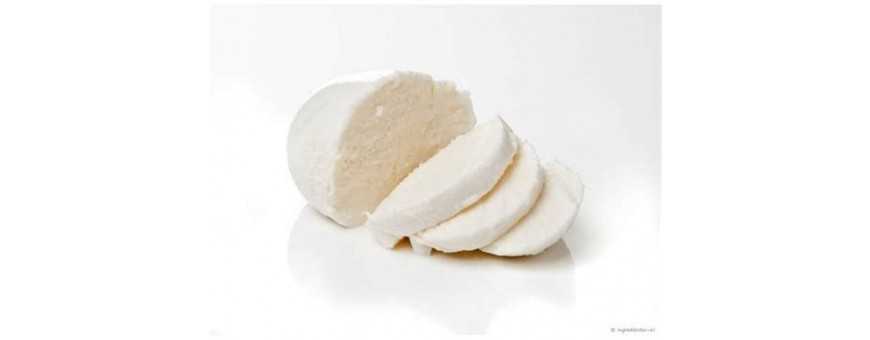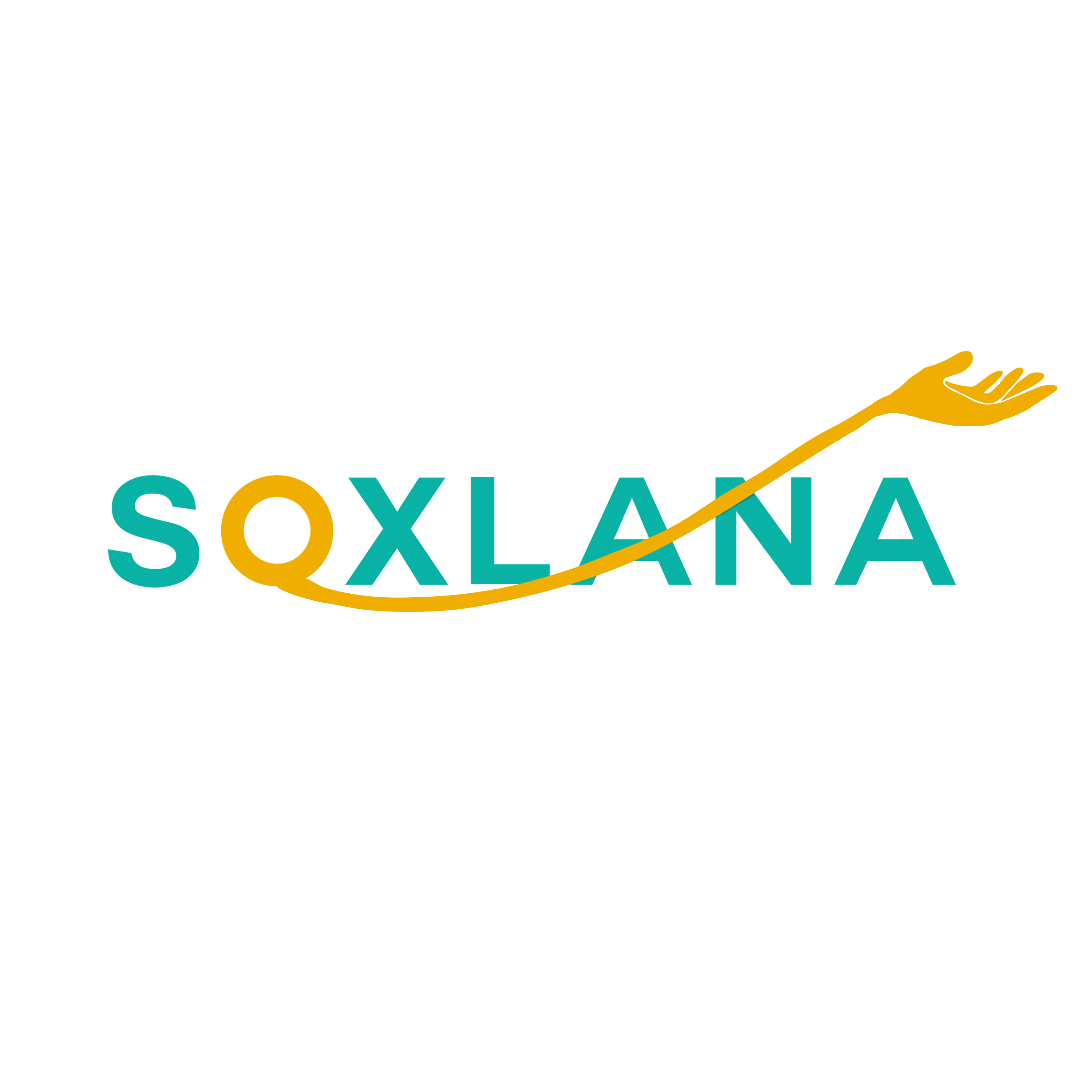Sorry for the inconvenience.
Search again what you are looking for
SOXLANA offers you everything you need. Be satisfied first and then pay later.

Mozzarella, or mozzarella, is a spun cheese of Italian origin made from cow or buffalo milk. Mozzarella di Bufala Campana, produced in Campania with buffalo milk, has been the subject of a protected designation of origin (PDO) since 1996. In Italy, cow's milk mozzarella is produced and marketed under the name of “Mozzarella”, or “mozzarella di latte vaccino”, or “fior di latte”. Elsewhere in the world, mozzarella is an industrial cheese that is one of the most widely produced and consumed cow's milk cheeses. This industrial cheese, marketed under the name of mozzarella, is confusing with traditional buffalo milk mozzarella.
Appellation
Mozzarella takes its name from a particular stage in its production cycle. After the spinning stage, the dough is “mozzata”, that is to say “cut” into marketable pieces.
The word "mozzarella", feminine in Italian as in French, is sometimes francized in mozzarella but the exact name is mozzarella di Bufala Campana protected by the quality label STG (Specialità tradizionale Garantita) since 1998. Nowadays, mozzarella is mostly made outside Italy with cow's milk and not buffalo milk.
The name mozzarella has never been registered.
Manufacturing
It is a fresh cheese of sweet and tangy flavor traditionally produced in Italy in the regions of Campania, Apulia, Basilicata, Calabria, Abruzzo, Molise, Marche and in the south of Lazio.
The average weight of a cheese is 400-800 g. It is made from buffalo milk mainly in the Campania region and surrounding areas. It takes about ten liters of milk to produce one kilogram of cheese.
Only buffalo mozzarella has the protected designation of origin DOP (Denominazione di Origine Protetta). It bears the name of Mozzarella di Bufala Campana.
The particularity of mozzarella is that it is a curd cheese. The milk is first renneted. The curd obtained is cut and then soaked in very hot water (80 to 90 ° C). It is then spun: spinning consists of lifting and pulling the dough several times, using a bowl and a stick, until a stringy and homogeneous mixture is obtained. After having been subjected to spinning, it is “mozzata”, that is to say “cut” to give it the right size. When cut by hand it leaves a characteristic imprint.
For centuries, buffalo farms have been found in Campania, imported by the Lombards, mostly in the province of Caserta (for example the Aversa mozzarella is famous), but also to Paestum and Battipaglia.
There is a very large difference in quality and flavor between farm production and artisanal and industrial manufacturing. Traditional mozzarella is only made with buffalo milk, while industrial cheese factories use both buffalo milk and cow's milk.
To speed up production, some manufacturers replace lactic acid bacteria with citric acid. Fresh milk is more and more often replaced by chilled or even frozen curd, produced a few months to a few years earlier. The spun dough is then obtained by simply adding hot water.
Consumption
It can be eaten plain, raw or cooked, and is used in many recipes for salads, pasta, pizzas, etc.
The taste of mozzarella varies according to its quality, ranging from a relatively neutral flavor to the strong taste of milk, including subtle nutty aromas.
Farmhouse and artisanal mozzarellas should be eaten very quickly after making them, ideally the same day.
Mozzarella is the most consumed cheese in Italy, present on the tables of six out of ten Italians.
Nutrition
Mozzarella would be an acidifying food (PRAL index of 14.74).
Nutritional value: from 229 to 323,333 kcal / 100g.
Geography In Italy
In Italy, mozzarella is eaten raw or cooked, most often as a side dish. Its stringy properties make it an essential ingredient when it is melted.
It is a staple of baked pizza and caprese salad (tomato mozzarella), usually served raw with basil, olive oil and possibly non-balsamic vinegar (as it takes away the taste of the tomatoes).
Naples area mozzarella case
At the start of 2008, 66 buffalo farms (out of a total of 1,900 buffalo farms in Italy) were placed in temporary sequestration, for a dioxin content in the milk exceeding the accepted standards. During the following weeks 83 other buffalo farms were also placed under surveillance.
In France, given the doubts expressed by the European Commission on the evening of Thursday March 27, 2008, on the measures taken by the Italian authorities to guarantee the quality of the products marketed, the Minister of Agriculture Michel Barnier, asked professionals to immediately consign the affected products pending additional information.
According to some authors, these dioxins are the direct consequence of the waste crisis in Campania (region of Naples). The soil is said to be seriously contaminated due to the illegal burial and the savage incineration of mountains of garbage controlled by mafia leagues. Already “in 2003, in Caserta, near Naples, six thousand cows had to be slaughtered because of the dioxin level in the milk intended to make mozzarella, ten times higher than European standards. "
According to the producers and the Italian government, the DOP-labeled mozzarella has not been contaminated by these milks.
In malta
Mozzarella is also a cheese made in the Maltese archipelago. It often has a drier presentation than Italian mozzarella.
Search again what you are looking for
This website uses cookies. By continuing to browse the site, you accept our use of cookies. En savoir plus ici.
